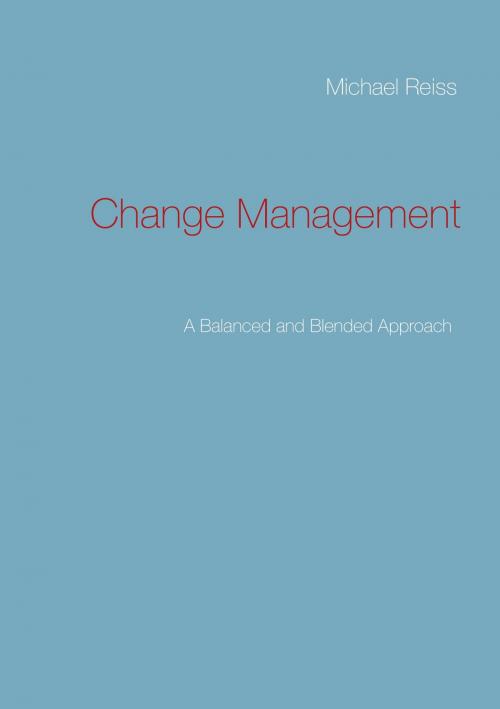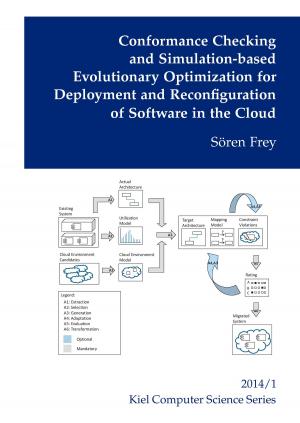| Author: | Michael Reiss | ISBN: | 9783844831153 |
| Publisher: | Books on Demand | Publication: | April 24, 2012 |
| Imprint: | Language: | English |
| Author: | Michael Reiss |
| ISBN: | 9783844831153 |
| Publisher: | Books on Demand |
| Publication: | April 24, 2012 |
| Imprint: | |
| Language: | English |
The core features of the approach to managing change outlined in the book are balancing and blending. Against the background of diverse opportunities and risks of change management, a balanced handling seems most appropriate. The existence of manifold risks for change projects (due to resistance, inertia or confusion) makes resilience a more realistic vision for change managers than excellence. In conjunction with a balanced approach of handling risks and opportunities, a framework of balanced resilience evolves. This framework is focused on managing two categories of barriers: the barriers to success as a contribution to opportunity management and the barriers to failure as a contribution to risk management. The blending of tools creates hybrid toolboxes, composed of antithetic components such as “soft” and “hard” tools or “physical” and “virtual” environments.
The core features of the approach to managing change outlined in the book are balancing and blending. Against the background of diverse opportunities and risks of change management, a balanced handling seems most appropriate. The existence of manifold risks for change projects (due to resistance, inertia or confusion) makes resilience a more realistic vision for change managers than excellence. In conjunction with a balanced approach of handling risks and opportunities, a framework of balanced resilience evolves. This framework is focused on managing two categories of barriers: the barriers to success as a contribution to opportunity management and the barriers to failure as a contribution to risk management. The blending of tools creates hybrid toolboxes, composed of antithetic components such as “soft” and “hard” tools or “physical” and “virtual” environments.















